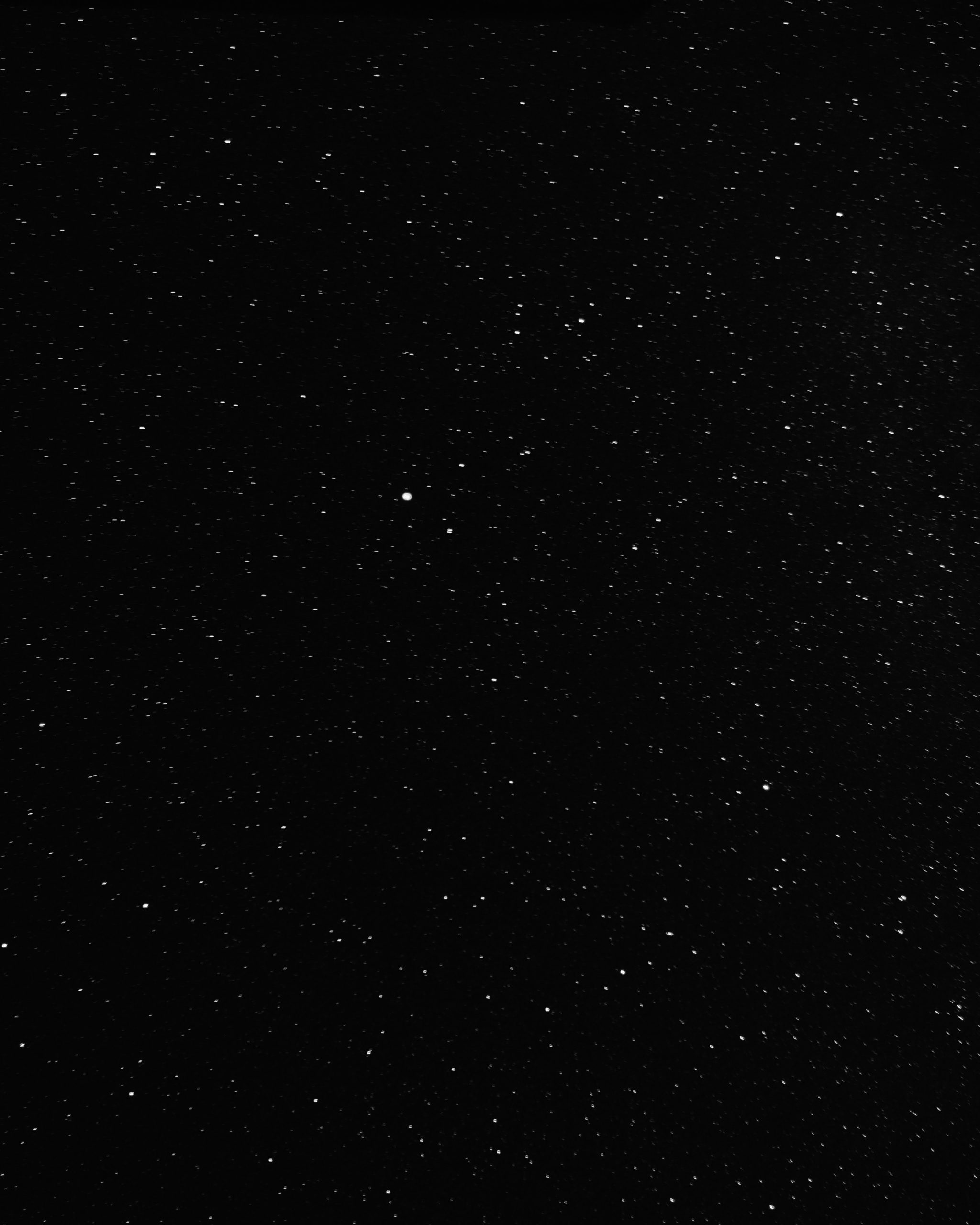What is a Full Moon Phase
As we gaze up at the night sky, marveling at its beauty and celestial wonders, one of the most captivating sights we can witness is the full moon. The full moon phase is an incredible phenomenon that has intrigued humans for centuries, inspiring myths, legends, and even scientific discoveries. In this blog post, we will delve into the world of the full moon phase, exploring its history, significance, and the science behind it.
The Basics of the Lunar Cycle
To truly understand the full moon phase, we must first grasp the basics of the lunar cycle. The lunar cycle consists of four primary phases: the new moon, first quarter, full moon, and last quarter. These phases occur due to the relative positions of the sun, Earth, and moon.
New Moon
The lunar cycle begins with the new moon. During this phase, the moon appears completely dark, as it is positioned between the Earth and the sun. This alignment means that the side of the moon facing the Earth is not illuminated, leaving it hidden from view.
First Quarter
As the lunar cycle progresses, the moon moves further along its orbit, leading to the first quarter phase. During this phase, half of the moon is illuminated, appearing as if it has been cut in half. This illumination occurs because the sun is shining on the half of the moon facing away from the Earth.
Full Moon
A full moon phase occurs when the Earth is positioned between the sun and the moon. This alignment allows the entire side of the moon facing the Earth to be bathed in sunlight. As a result, the full moon appears as a radiant, glowing sphere in the night sky.
| Lunar Phase | Position of Moon, Earth, and Sun | Appearance in the Sky |
|---|---|---|
| New Moon | Moon between Earth and Sun | Completely dark |
| First Quarter | Moon at a right angle to Earth and Sun | Half illuminated |
| Full Moon | Earth between Moon and Sun | Bright and round |
| Last Quarter | Moon at a right angle to Earth and Sun | Half illuminated |
The Mystical Significance of the Full Moon
Throughout history, the full moon phase has been imbued with mystical and symbolic meanings in various cultures. From ancient folklore to modern spirituality, the full moon has captivated the human imagination.
Myths and Legends
In many mythologies and ancient belief systems, the full moon is associated with powerful deities and supernatural creatures. Werewolves, for example, are often said to transform under the light of a full moon. Furthermore, full moons have been linked to increased fertility, crop growth, and even the occurrence of lunar eclipses.
Astral and Spiritual Practices
Today, the full moon phase continues to hold significance for those who practice astrology, Wicca, and other mystical traditions. Many believe that the energy during a full moon is heightened, making it an ideal time for rituals, energy cleansing, and manifestation work. Full moon ceremonies and gatherings are also popular among spiritual communities.
The Science Behind the Full Moon Phase
While the full moon may have an air of mysticism surrounding it, the phenomenon is rooted in scientific principles. The illumination of the full moon is a result of the sun’s light being reflected off the moon’s surface. The moon itself does not emit light; it acts as a mirror, redirecting sunlight back toward the Earth.
As the sun’s rays hit the moon, its surface composition affects the way light is scattered and absorbed. The moon’s surface is covered in a layer of fine dust called regolith, which is made up of rocks, minerals, and tiny glass beads. When sunlight hits the regolith, its particles scatter the shorter wavelengths of light, such as blue and violet, while allowing the longer wavelengths, like red and orange, to pass through. This scattering effect causes the moon’s surface to appear pale yellow or white during the full moon phase.
Interestingly, the moon does not appear uniformly bright during a full moon. Dark patches known as maria, which are ancient lava-filled plains, are responsible for the variation in brightness. These areas absorb more sunlight, causing them to appear darker compared to the surrounding regions.
Conclusion
The full moon phase is a captivating celestial event that has fascinated humanity for ages. From its mystical significance to its scientific underpinnings, the full moon continues to inspire awe and wonder. Whether you choose to marvel at its beauty, revel in its spiritual energy, or study its scientific intricacies, the full moon is undoubtedly a breathtaking sight that connects us to the vastness of the universe.
Table of Contents
